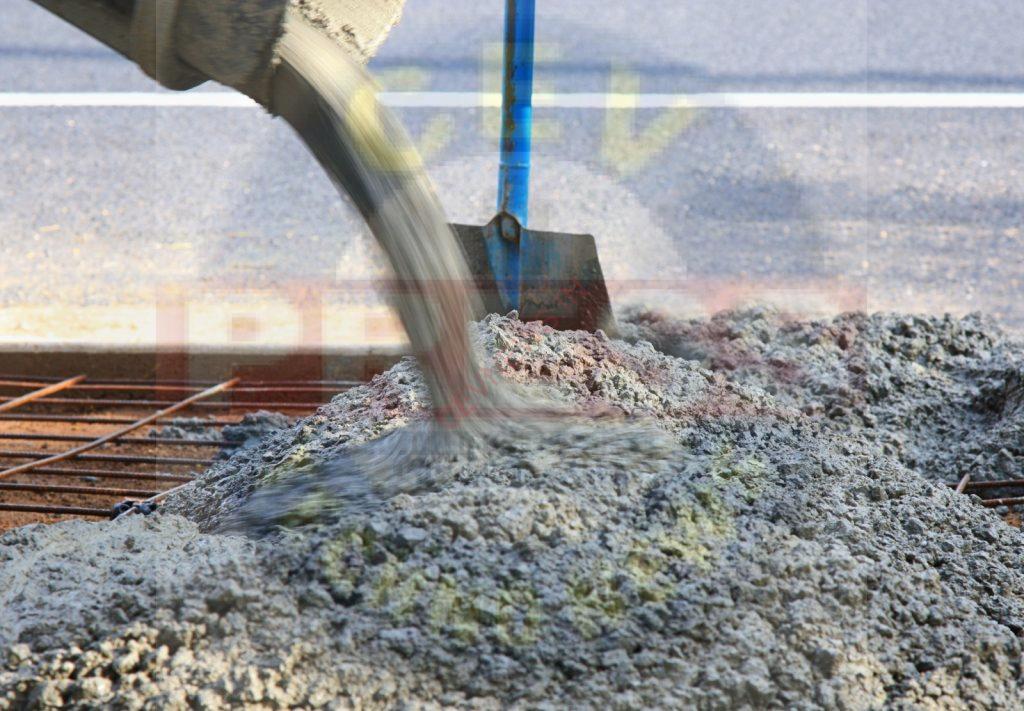WATERPROOFING IN BUILDING CONSTRUCTION
Waterproofing buildings is the method of forming a barrier over surfaces of foundations, roofs, walls and other structural members of buildings to prevent water penetrations through these surfaces. In summary, building surfaces are made water-resistant and waterproof. Waterproofing is the process of application of impervious material which acts as barrier over surfaces. By waterproofing, the structure remains unaffected by water in specified conditions.
Moreover, making the structure waterproof or water-resistant by preventing water penetration and resisting the ingress of water up to specified depths. Waterproofing is mandatory in wet environments, damp conditions and underwater construction. This formation of impervious barrier over surfaces of structural members safeguards from unanticipated damages.
Waterproofing costs are just a marginal fraction of overall construction costs, however, if ignored can be accountable for massive damage to the structure. For a residential building, locations such as a basement, kitchen, toilet, balcony areas, water tank, etc, are susceptible to water ingress, waterproofing is essential for these locations to avoid compromising circumstances. Water ingress makes the affected parts hollow and reduces the strength of overall construction and ultimately effect the life span of structure.
Cementitious Waterproofing
This method is the easiest because the materials are easily available from masonry product suppliers. Moreover, they are easy to mix and apply in internal wet areas like toilets. However, this method doesn’t go through the contract and expansion process because it is not exposed to weathering and sunlight.
The cementitious method of waterproofing can be used for a waterproof deck coating such as those in bridges, dams, sewage and water treatment plants, and tunnels.
Bituminous Coating Waterproofing Method
Bituminous coating is a type of coating used for waterproofing and flexible protective coat in accordance with its formulation and polymerization grade. Its flexibility and protection against water can be influenced by the polymer grade as well as the reinforcement of fiber.
Bituminous coating is also called as asphalt coating. The most common applications of bituminous coatings include areas that are beneath screed wet. It is an excellent protective coating and waterproofing agent, especially on surfaces such as concrete foundations.
Bituminous coating is made of bitumen-based materials and it is not suitable for exposure to sunlight. It becomes very brittle and fragile when long exposure to the sunlight unless it is modified with a more flexible material such as polyurethane or acrylic-based polymers. The flexibility of the finished products always depends on the solid content of the polymer added to the bitumen.
Polyurethane Liquid Membrane
Polyurethane liquid membrane strategy for waterproofing is utilized for the level rooftop region and presented to enduring. This waterproofing strategy is costly. Polyurethane Liquid Membrane can offer higher adaptability. Polyurethane is exceptionally touchy to dampness content present; hence before application, one must be exceptionally cautious assessing the dampness substance of the solid piece; in any case, stripping or de-holding of layers may occur after some time. Less utilized at the site.
Liquid Waterproofing Membrane Method
Liquid membrane is a thin coating which consists of usually a primer coat and two coats of topcoats which are applied by spray, roller, or trowel. It offers more flexibility than the cementitious types of waterproofing.
Elastomeric Paints
At present, an enormous number of prepared to utilize cold-applied elastic membrane forming mixes are accessible in the market for waterproofing. These mixes are unique, unlike customary paints, which are regularly applied in film thickness of 0.5 to 0.75 m utilizing a roller or brush. This thickness is multiple times thicker than conventional paints, which don’t lose over a high-temperature range and time.
These paints are of five kinds, and they are Acrylic-based, Polyurethane-based, Hypalon-based, Polyvinyl acetic acid derivation copolymer-based, Polymerized elastomeric bitumen, infiltrating oils, and different admixtures. Among all these, acrylic is the most well known and accessible. Alongside these paints, outstanding fiberglass mats are utilized as fortification that will improve the split connecting limit of these paints.

